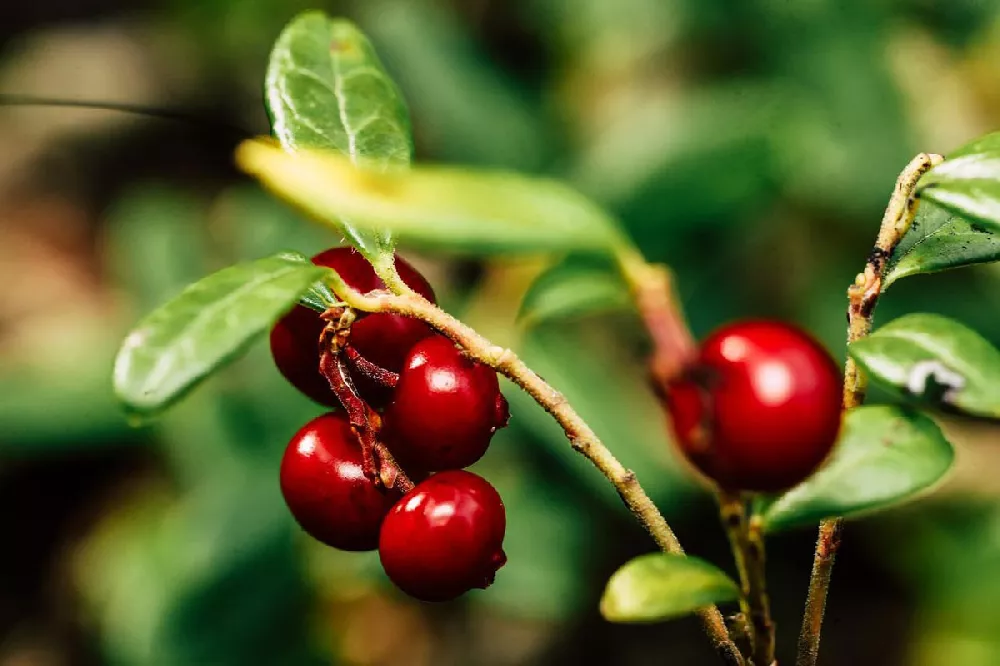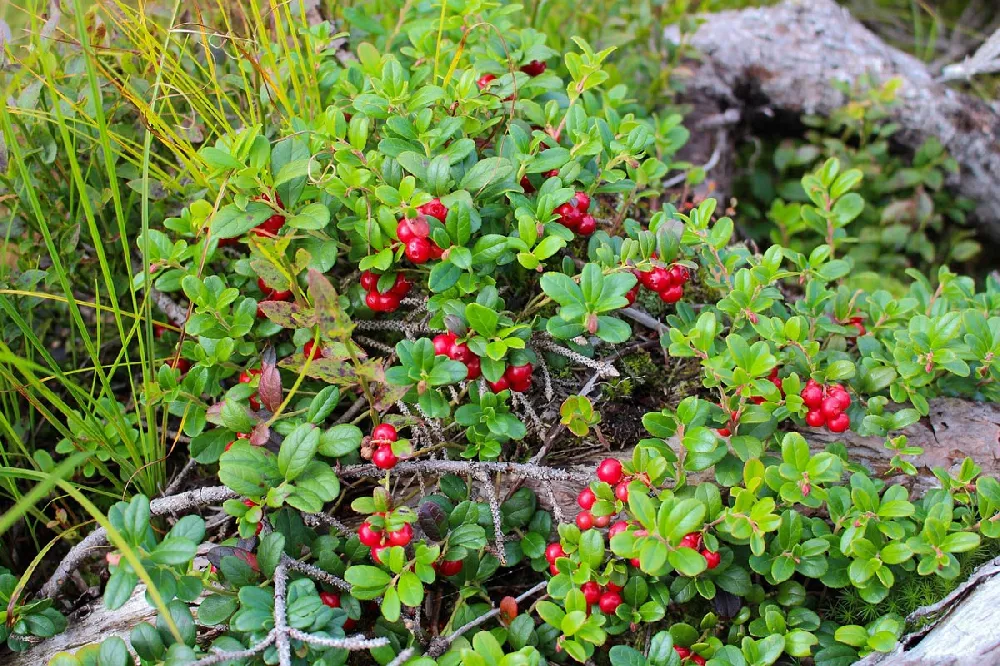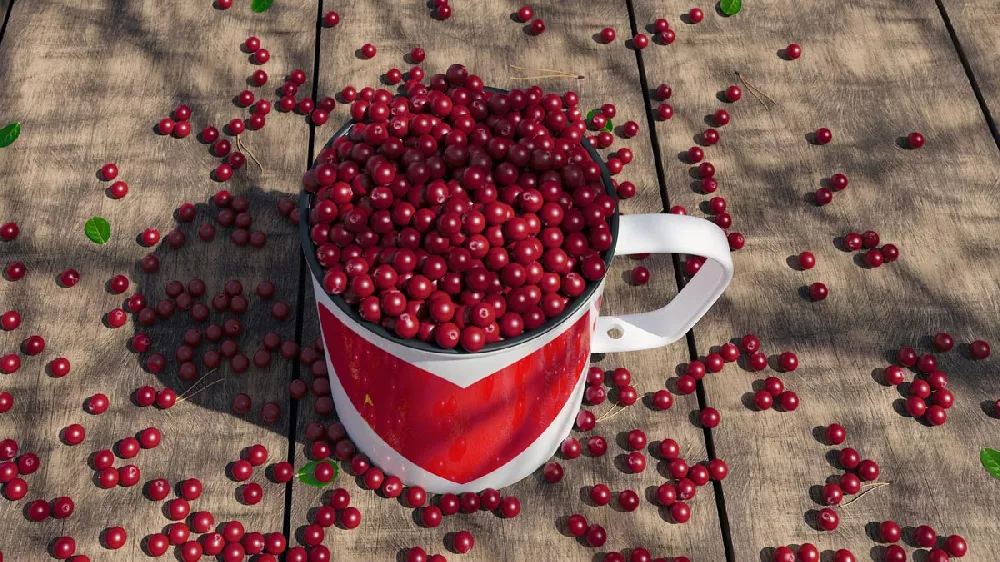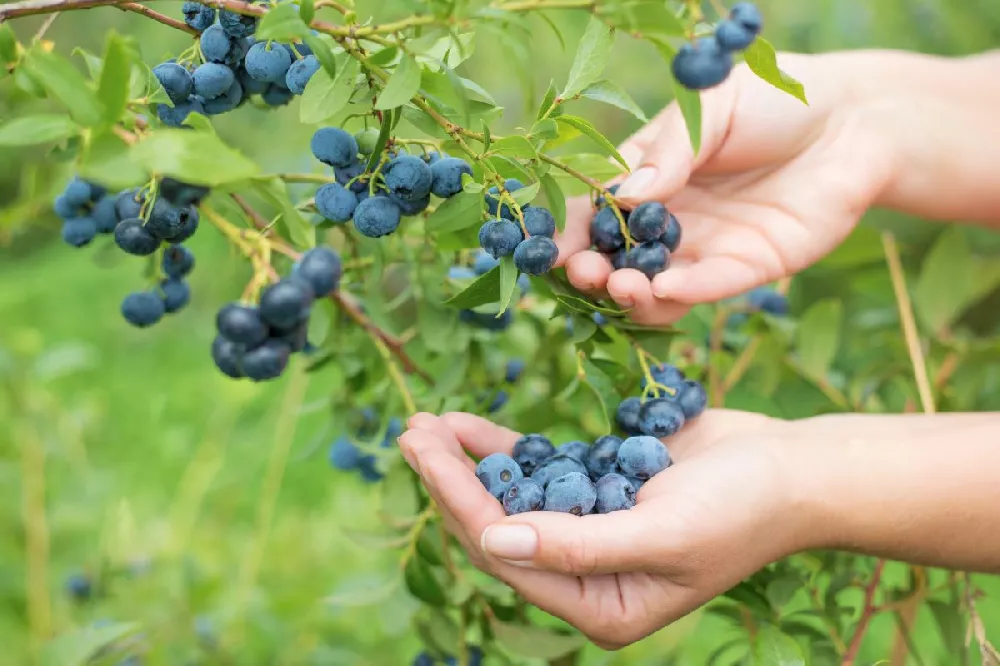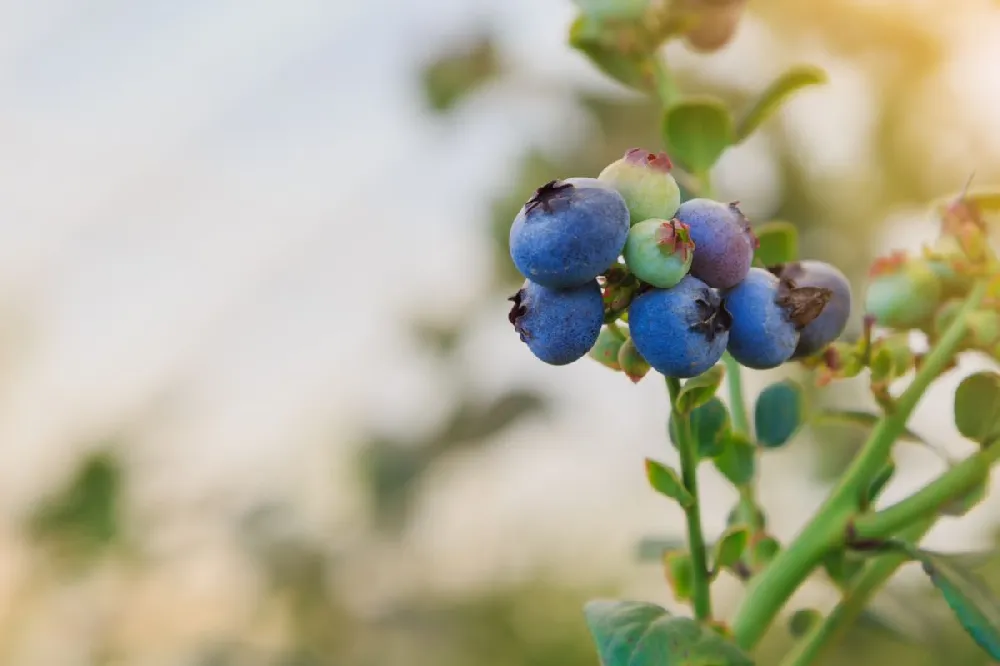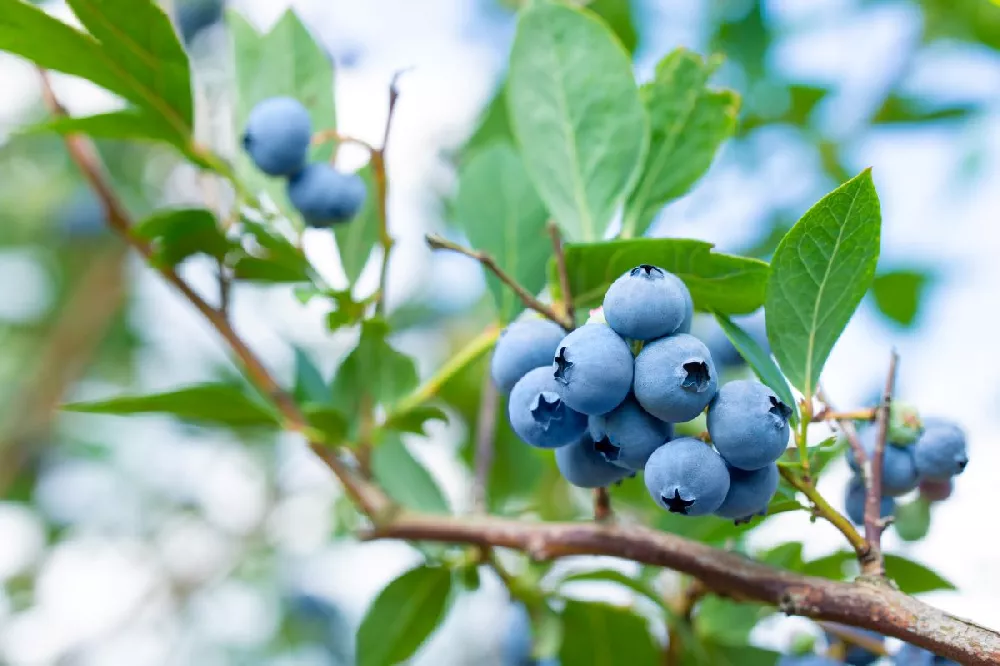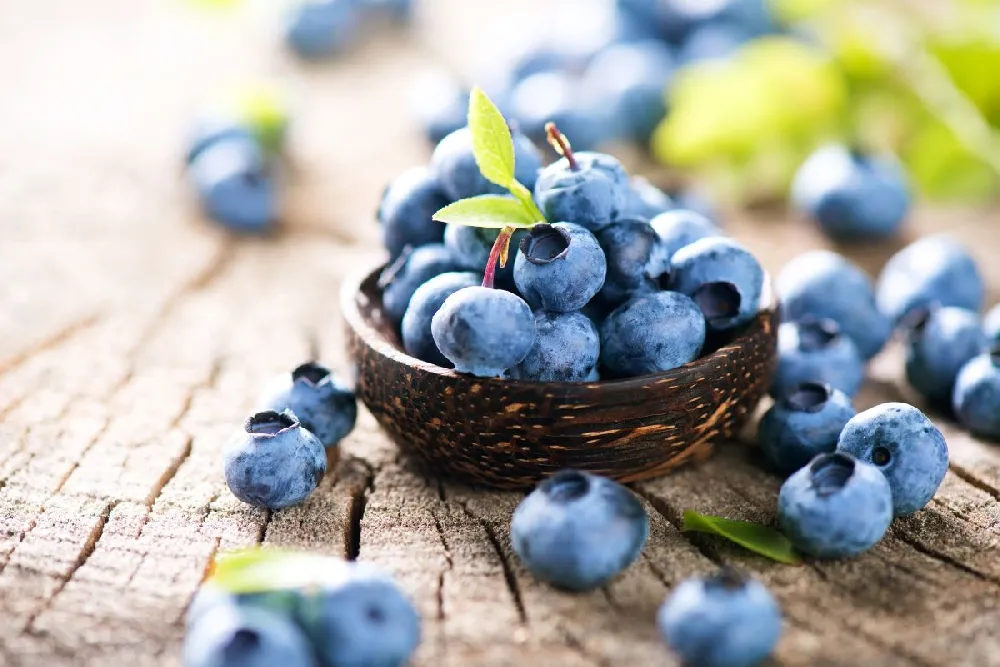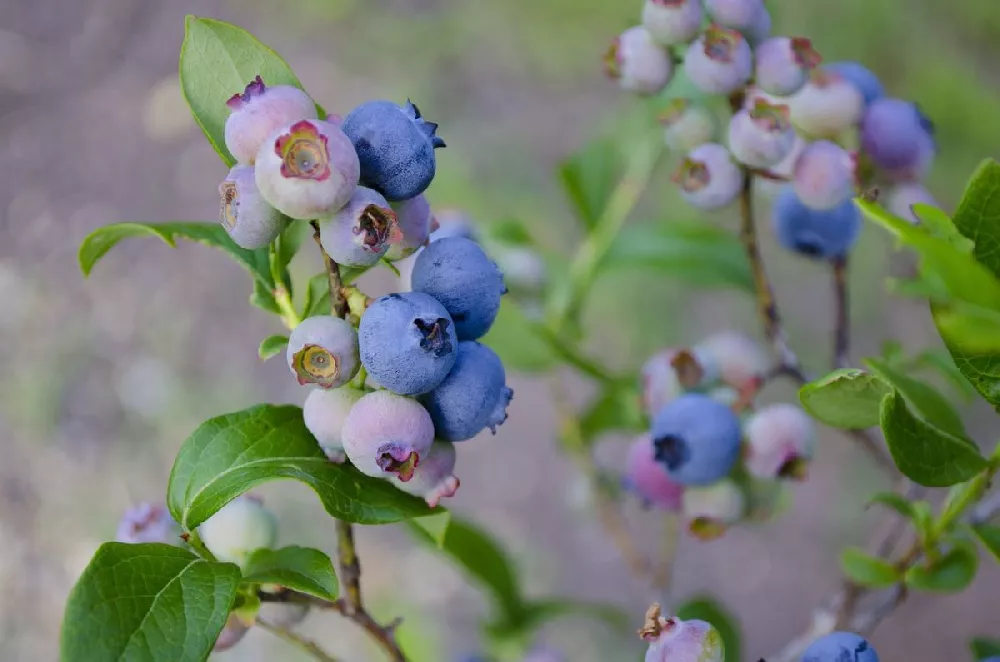Lingonberry Plant for Sale - Buying & Growing Guide
Although many gardeners are unfamiliar with Vaccinium vitis-idaea, more commonly known as lingonberry, this plant provides immense value in more ways than one. The lingonberry plant produces small red berries that have a lovely flavor and contain many beneficial nutrients. These berries appear in high quantities, and multiple harvests can arrive each season. Along with being an edible plant species, lingonberry is also a prized possession from an ornamental standpoint, as its fruits, bell-shaped flowers, and lush leaves all add visual intrigue to your garden.
- Grows tasty berries with several health benefits and kitchen uses.
- Can offer multiple harvests in a single growing season.
- Survives in harsh conditions, including freezing seasonal temperatures.
Enter your zip code to find nearby stores that may carry this plant.
Plant Care
Sunlight

This plant grows in full sunlight and partial shade conditions.
Watering
Both overwatering and underwatering can become an issue. Monitor soil to ensure it remains consistently moist.
Fertilizing

Fertilize your lingonberry plant once in early spring with a blend that is lower in nitrogen.
Planting and Care
Planting instructions
When planting a lingonberry plant, you should choose a location with acidic soils and full or partial sunlight. Often, areas beneath tree canopies will give the ideal light conditions for this plant. If you plant multiple lingonberry plants, you should space them about 1 to 2 feet from one another to allow each plant enough room to expand. After planting, add a thick layer of organic mulch, which will help retain soil moisture and add nutrients to the soil over the following seasons.
Watering and nutrients
Giving your lingonberry plant the perfect amount of water can be challenging. Not only does this plant dislike waterlogged soils, but it also does not tolerate excessively drought soils. The best way to deal with this issue is to check the soil to ensure that it remains consistently moist. At times, you may need to water this plant once per week to maintain those conditions. In other scenarios, the water your lingonberry receives from rainfall may be enough. Fertilize your lingonberry with a low-nitrogen mix once per year during the late winter or early spring.
Pollination
Several insects, including butterflies, flies, and bumblebees, are responsible for pollinating the lingonberry plant. Since lingonberry plants contain both male and female reproductive organs, you need only one for fruit production. However, there are ways to improve your harvests. Allowing for cross-pollination between multiple plants will make for better yields. It also helps to grow several pollinizer lingonberry cultivars nearby. While these pollinizer varieties don’t produce many fruits on their own, they will increase the quality and quantity of the fruits your main lingonberry plants develop.
Pruning
Part of the reasons that many gardeners consider the lingonberry plant to be a low-maintenance plant is that they require little to no pruning. In fact, during the first several years of this plant’s life, it is best not to prune it at all. Once the plant is a bit older, you can perform moderate pruning at the end of the season. Remove any parts of the plant that are dead, dying, or diseased, and be sure to use shears that are both sharp and sterile.
Pests, diseases, and animals
Insect infestations are a problem you should be on the lookout for when growing a lingonberry plant. Aphids, whiteflies, mealybugs, and more harmful bugs can all attack your lingonberry plant and cause visible damage to the leaves and other parts of the plant. Leaf spot can also be an issue for lingonberry plants, as can different forms of blight. Often, these blight issues can begin in nearby decaying plant debris or dying parts of the plants.
Harvesting
Lingonberry plants will provide different harvest times depending on the specific variety you have. Some of these plants offer fruits in the summer, while others become harvestable in the fall. However, some lingonberry plants that grow in their ideal climate will produce two harvests per year, one in summer and one in fall. As the lingonberry fruits ripen, they will turn entirely red. These fruits will be ready to eat right away. You can pick unripened fruits as well, and they will continue to ripen while off the plant.
Achieving maximum results
At times, the first harvest of a lingonberry plant’s life may have a less desirable flavor. Be patient and know that a better harvest will arrive in later years. After harvesting, you can use your lingonberry fruits in many different dishes, including breads, smoothies, sauces, baked goods, and desserts. You can also store your lingonberries for later use by freezing, canning, or drying them after harvest. As you continue to use lingonberries in the kitchen, you’ll find that they are an excellent substitute for cranberries, red currants, and several other fruits.
FAQs
How large does a lingonberry plant grow?
Lingonberry plants are quite small and reach no more than 2 feet tall at maturity. These plants grow low to the ground and spread horizontally as well. Their size makes them a fantastic addition to nearly any tight planting space. This small stature also allows you to easily grow lingonberry plants in containers as well. Overall, the modest size of a lingonberry adds to its ease of care and makes it quite versatile as well.
Will lingonberry plants grow in the full shade?
In most cases, lingonberry plants will not enjoy a full shade environment. These plants prefer to receive either full sunlight or partial shade. However, filtered or dappled shade may also work well for this plant as they tend to thrive in understory settings where taller plants cast partial and intermittent shadows. Still, full shade is often a bit too extreme for a lingonberry plant to survive and develop healthy flowers and fruits.
Are lingonberries good for you?
Not only are lingonberries delicious fruits, but they are incredibly beneficial as well. These berries contain many different antioxidants. They also encourage your gastrointestinal system to foster healthy gut bacteria. In addition to those benefits, these fruits may also help your cardiovascular health while moderating your overall weight. While some health claims for this plant go beyond what has been proven empirically, there is no denying that lingonberries are a wonderful addition to a healthy diet.
Compare Similar Products
Customer Reviews
 I love these bushes
I love these bushesThey have probably altogether grown roughly 2 inches since I've gotten them
 Plant arrived in good shape
Plant arrived in good shapePlant arrived in good order and plants did not seem stressed by transport via shipping method.
You can't add more Product Name - Product size to the cart.
OK